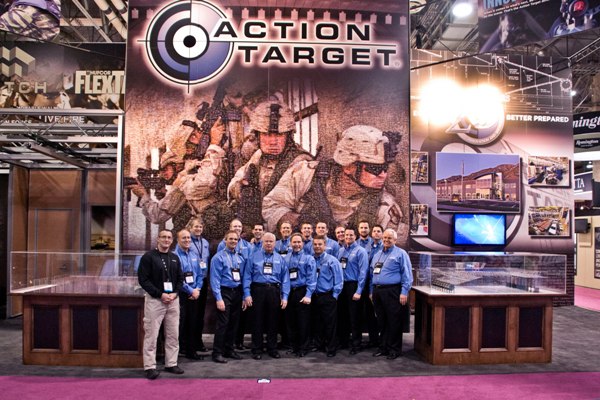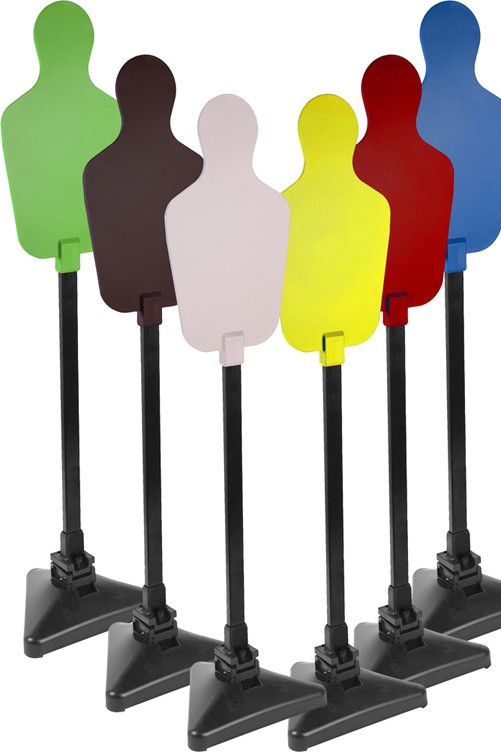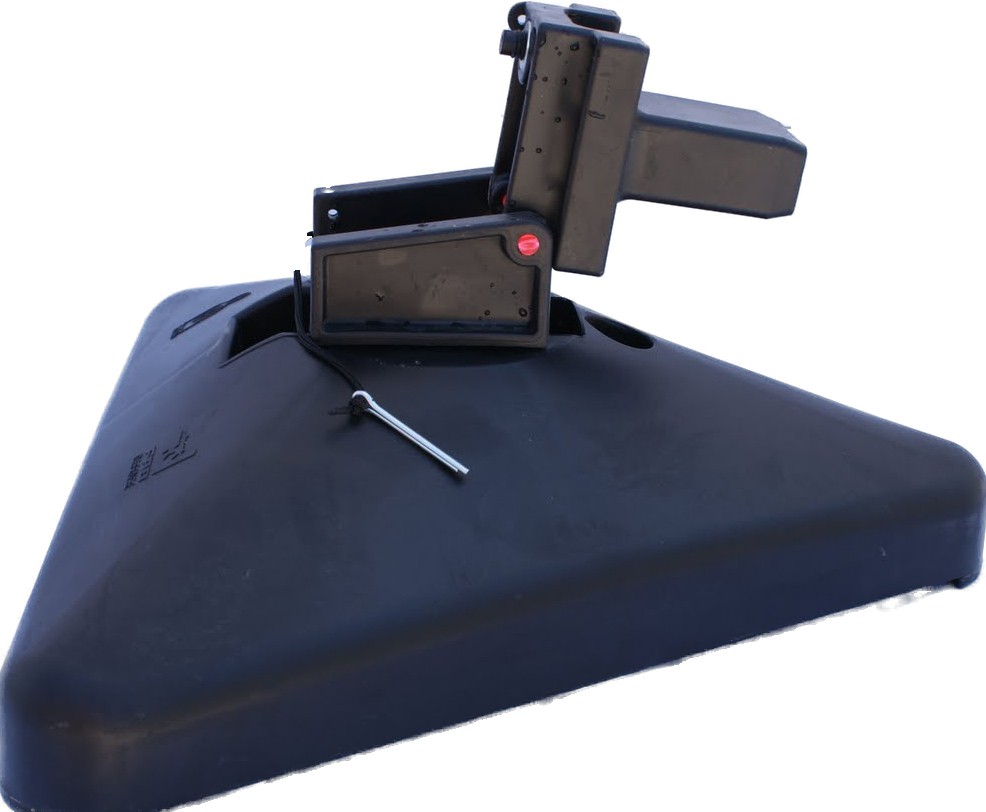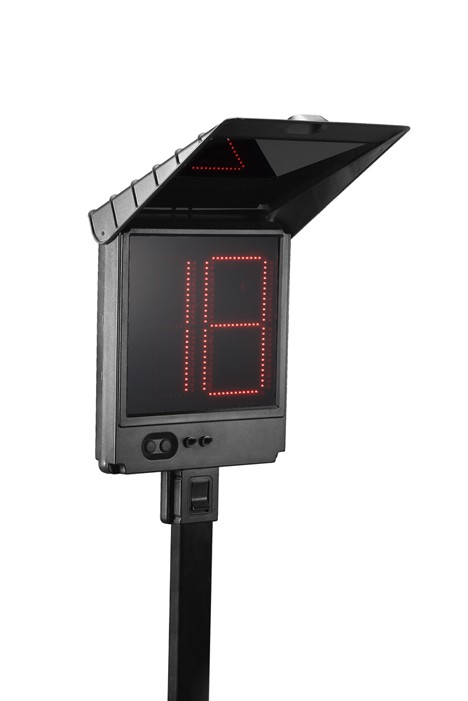Commercial indoor firing range developments are a vital addition to any community. They not only provide a safe and accessible shooting location for private citizens, they also provide a firearms training facility for local law enforcement agencies. Action Target Range Consultant Robb Anderson recently completed the SharpShooters USA commercial shooting range project that demonstrated Action Target’s desire to provide shooters of all skills levels with an enjoyable and safe training facility.
The Sharpshooters range project began two years ago and, with the help of Tom Deets, Ken Burson and Action Target, became the most efficient, innovative and modern indoor shooting range in the Atlanta market.
Some of the features of the SharpShooters Range Project include:
- Three separate bays with eight lanes in each bay
- Bay #1 is a “Fixed Firing” range consisting of two 50 Cal lanes and six lanes designed for 223 and 308 rifle use
- Bay #2 is a “Fixed Firing” range consisting of eight lanes designed for 223 and 308 rifle use
- Both Bay #1 and Bay #2 are installed for ADA handicapped shooters
- Bay #3 has a hybrid range design for public and Tactical Training for local law enforcement community
- All three bays include the Mancom Instructor Stalls and are equipped with Mancom “Touch-n-Go” Target Retrievers
- All rear and side walls are covered with PEPP acoustical tiles by Acoustical Services.
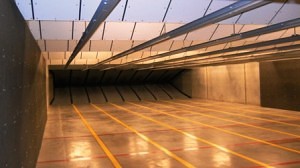
Action Target installed both the Total Containment Steel Bullet Trap and Containment Baffles for each firing range.
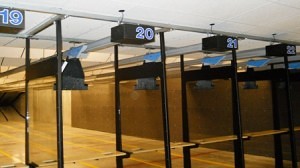
All three bays include the Mancom Instructor Stalls and are equipped with Mancom “Touch-n-Go” Target Retrievers.
The SharpShooters Range has quickly become a popular favorite among Atlanta’s shooters and law enforcement. Recently, 20 agencies participated in a two day seminar – Modern Firearms Training – that allowed attendees the opportunity to give back to the communities that supported this range.
In a testimonial, a member of SharpShooters USA wrote:
“Since the doors were opened to the public, your staff has made it their policy to ensure everyone feels welcome. It is obvious they intend to make the experience comfortable and enjoyable to all comers. Yesterday I had the privilege to witness a situation that took that attitude to a unique level.
In the lane next to mine were a father and son. The son appeared to be in his early teens. It was obvious they were a bit new at this and enjoying a genuine “father-son” afternoon together. Each took turns with a pistol and one could sense they found the experience both new and exhilarating. I noticed a short lull in their shooting and soon realized it was because they were changing weapons. They had an AR.
Moving away from my lane to dispose of a spent target, I saw Range Safety Officer Shaun Kennedy stepping forward to ensure all was about to go well. As I approached the trash can, the father and I exchanged a nod and I asked if that was his rifle. “No, it is a rental. We are visiting from Canada and don’t have access to anything like it there. This may be the only chance my son will ever have to shoot one.” As the dad and I stood back closer to the wall, Shaun continued a brief explanation to the son of the mechanics and safety issues of the weapon. From the gentle manner with which he talked to the young man you could see his intent was to ensure the son was comfortable, safe, and confident enough to enjoy what he was about to experience. The youngster thoroughly enjoyed what followed while a very proud father watched. The look passed between them after the last round was fired was priceless. They asked if they could have a spent casing. Shaun retrieved one with a broom.
For all the right reasons, nothing happened that you should be aware of. Nothing went wrong. An alert Safety Officer made certain of that.
For all the right reasons, something happened that you should be aware of. An alert Safety Officer made certain two novice shooters, a father and son, went home with a newfound sense of shared pride from what they accomplished and an afternoon of great memories.
Kudos to your staff.”
Congratulations to all the SharpShooters USA Staff and Robb Anderson for a job well done!!!
Other Recently Completed Projects:
- Belmont Firearms & Range, NH (Matt Brinkerhoff)
- Federal Reserve Bank, Memphis, TN (Jason Snell)
- Duke Nuclear Energy Plant, NC (Mike Stillwell)
- Houston Police Department, TX (Aaron Ludwig)
- Ankeny Police Department, IA (Chris Hart)
If you are interested in our products and are in the south-eastern states, contact your Regional Representative Robb Anderson. For all other areas, please visit our Contacts Page to find the territory manager for your area.
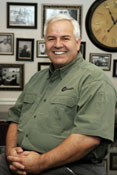

ROBB ANDERSON
801-377-8033 ext. 124
801-319-0977 cell
robba@actiontarget.com







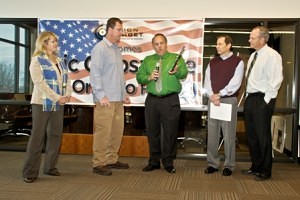
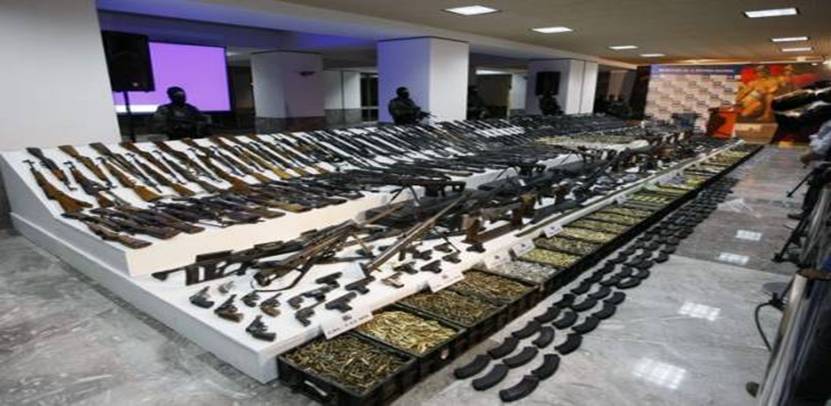
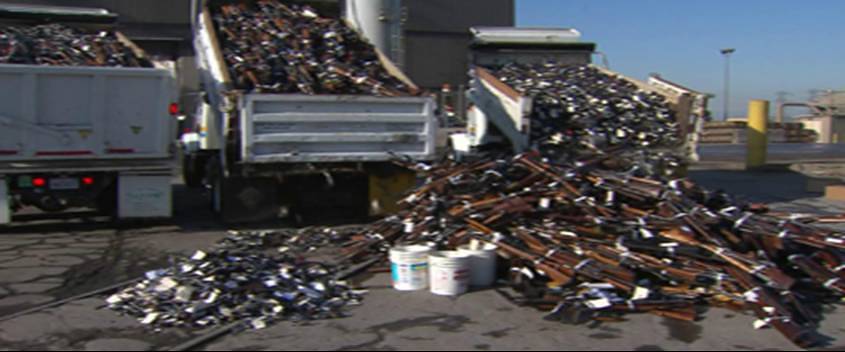
 Until recently, there were only paper targets replicating the pelvic area of the body, but with the Pelvic Torso, you now have the first and only steel target option in the world that simulates this area. The steel provides instant feedback to multiple senses as you hear the bullet strike and see the steal plate swing upon impact.
Until recently, there were only paper targets replicating the pelvic area of the body, but with the Pelvic Torso, you now have the first and only steel target option in the world that simulates this area. The steel provides instant feedback to multiple senses as you hear the bullet strike and see the steal plate swing upon impact.